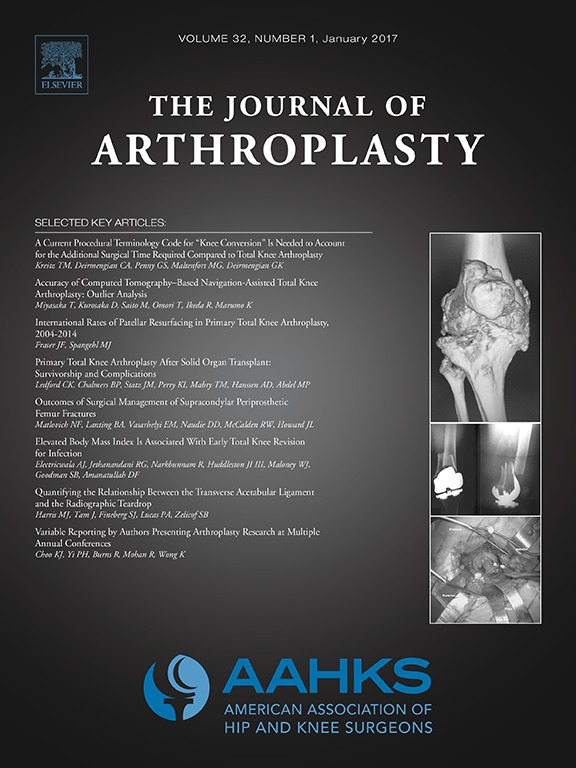
Improved accuracy, but no clinical benefit of robot-assisted vs. conventional TKA

Improved accuracy, but no clinical benefit of robot-assisted vs. conventional TKA
Robot-Assisted Total Knee Arthroplasty Accurately Restores the Joint Line and Mechanical Axis. A Prospective Randomised Study
J Arthroplasty. 2014 Dec;29(12):2373-7Did you know you're eligible to earn 0.5 CME credits for reading this report? Click Here
Synopsis
60 patients with knee osteoarthritis and undergoing primary total knee arthroplasty (TKA) were randomized to one of two groups: robot-assisted or conventional TKA. The study aimed to determine whether there was a significant difference in terms of coronal plane mechanical axis alignment outliers, restoration of joint line, clinical outcome measures, length of stay, operative time, and complication...
To view the full content, login to your account,
or start your 30-day FREE Trial today.
FREE TRIAL
LOGIN
Forgot Password?
Explore some of our unlocked ACE Reports below!

Learn about our AI Driven
High Impact Search Feature
Our AI driven High Impact metric calculates the impact an article will have by considering both the publishing journal and the content of the article itself. Built using the latest advances in natural language processing, OE High Impact predicts an article’s future number of citations better than impact factor alone.
Continue



 LOGIN
LOGIN

Join the Conversation
Please Login or Join to leave comments.